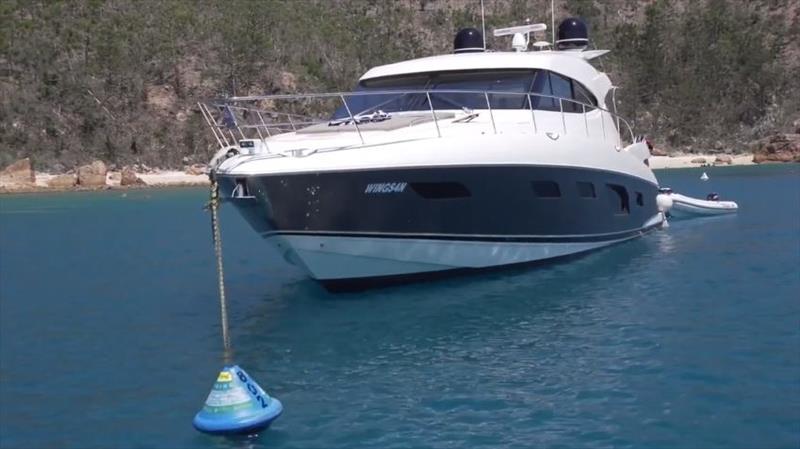
New info on Great Barrier Reef moorings
by GBRMPA 16 May 2019 11:44 UTC

Mooring your boat in the Great Barrier Reef Marine Park © GBRMPA
Where available, moorings help to minimise anchor damage to fragile environments.
There are two types of moorings in the Great Barrier Reef Marine Park:
Public moorings
Public moorings are available to all Reef users and are installed at popular locations. Blue beehive shaped buoys attached to the moorings have a colour-coded band explaining the class (vessel length), maximum wind strength limits applicable to the mooring.
Public mooring locations and their GPS coordinates are available to help you locate these moorings.
Maps:
Brochures:
Using public moorings
To protect fragile reefs in high-use areas, there are rules to help stop misuse of public moorings and reef protection markers. The rules have been updated to outline what is considered misuse of public moorings. This includes:
- exceeding time limits
- attaching more than one vessel to a public mooring
- rafting-up attaching multiple vessels in a chain when one vessel is attached to the mooring
- altering the mooring
- not following the instructions on the mooring.
These rules ensure public moorings continue to be available for everyone's use. It's about playing fair while out on the water. Anyone found to be misusing a public mooring or public infrastructure may be issued with a fine.
Click here for Great Barrier Reef moorings policy
I've found a damaged mooring or loose buoy whom should I tell?
If you have found a damaged mooring, please make a note of any markings and its GPS position so it can be reported. If you have found a buoy that has come adrift, please report it: